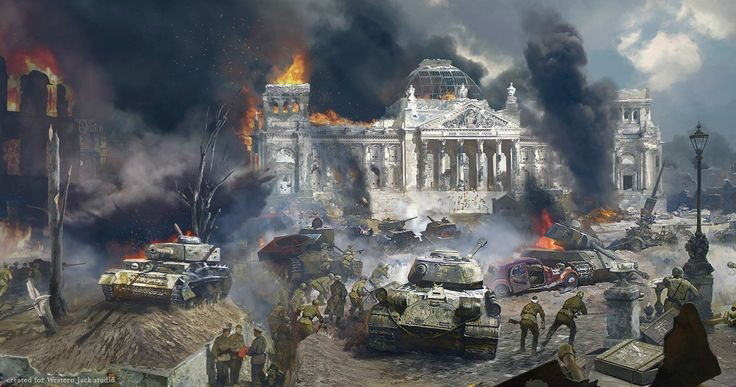Operation Overlord ( June 6 , 1944 )

Operation Overlord, executed during the course of World War II, was the secret code name for the Allied incursion into Nazi-occupied Western Europe . Planning and Preparation : Commencement : Operation Overlord initiated its historic campaign on June 6, 1944, famously referred to as D-Day. Allied Leaders : The mastermind behind this colossal operation was General Dwight D. Eisenhower, serving as the Supreme Commander of the Allied Expeditionary Forces. Alongside him, British General Bernard Montgomery led the ground forces. Axis Command : The formidable German defenses, focused on bolstering the Atlantic Wall, were overseen by Field Marshal Erwin Rommel. Location : The main landing zones encompassed Omaha, Utah, Gold, Juno, and Sword, situated along the scenic Normandy coast in France. Weapons and Equipment : The Allies wielded a diverse array of weaponry and gear, encompassing: Infantry Armament: Rifles, submachine guns, grenades, and flamethrowers. Artillery :...





